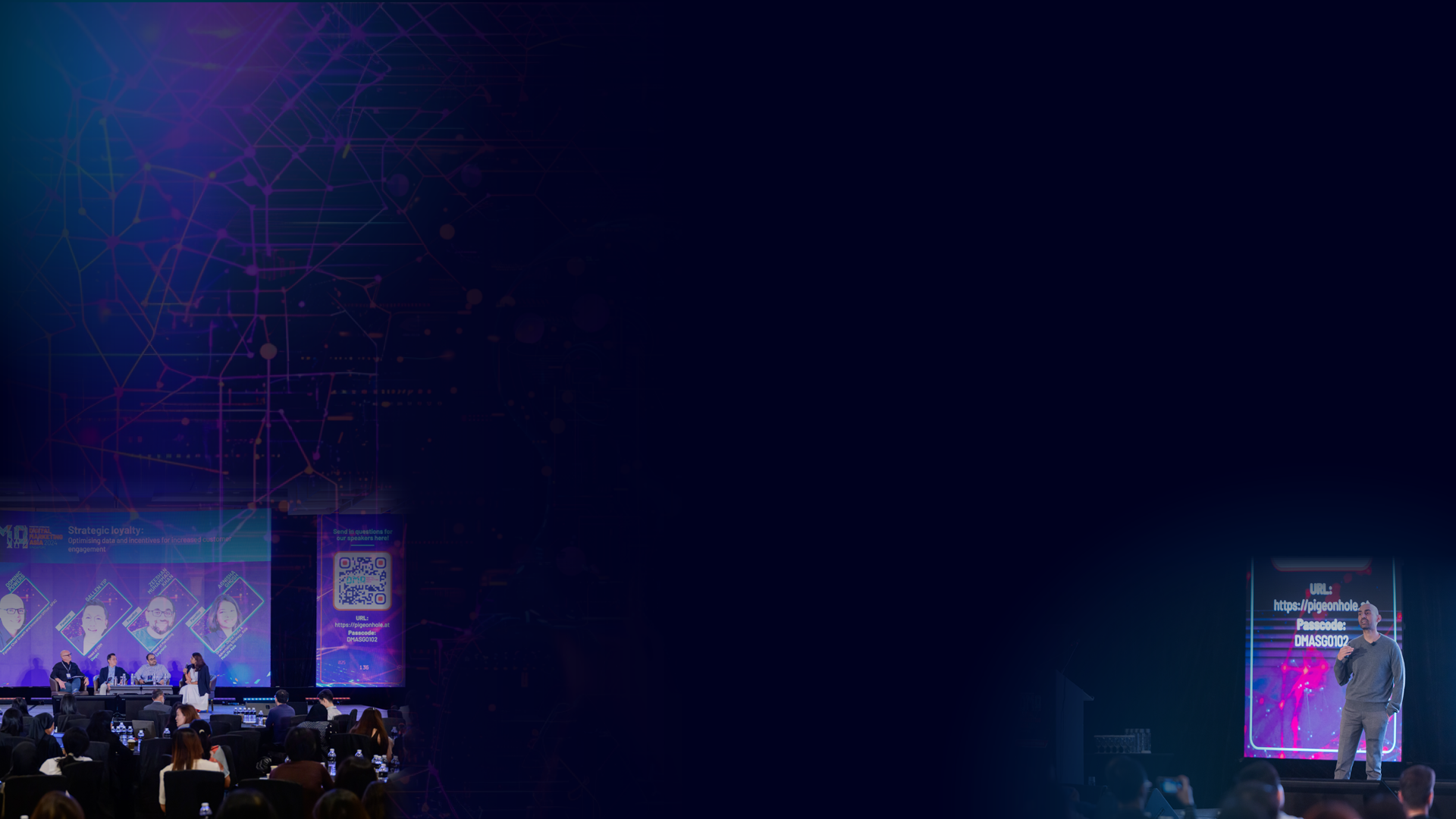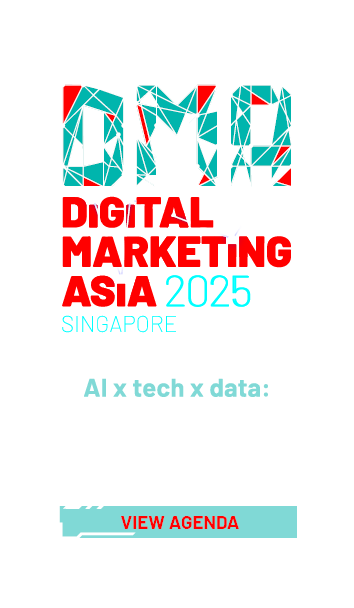



Global digital ad spend hits US$690 billion, poised to dominate in 2030
share on
Digital advertising has become the driving force in the global ad market, as consumers increasingly spend time online. Last year, global digital ad spends reached US$690 billion, growing 15%–20% annually, significantly outpacing traditional channels.
Over the next five years, digital is projected to command 80%–85% of total ad spend, expanding at a CAGR of 11%–13%. This is according to a report by Bain & Co titled "Advertising in the digital age, in India and around the world." The advertising sector overall, valued at nearly US$1 trillion globally, continues to outstrip GDP growth, rising from 0.6% of global GDP in 2015 to around 0.85% in 2024.

Don't miss: How advertisers can deliver premium CTV ad experiences without overspending
Mobile and CTV: Redefining consumption
Mobile devices dominate digital spend, accounting for nearly 70% (around US$470 billion) of total digital ad investments. Within this, in-app advertising is the fastest-growing segment, fueled by rising mobile engagement, high-consumption video, and ad formats seamlessly integrated into the user experience. More consumers are also opting out of irrelevant content and app tracking.
At the same time, Connected TV (CTV) is gaining traction as smart TV penetration rises and streaming audiences expand, offering advertisers new opportunities for engagement.
Consumers are increasingly making conscious choices about their digital media consumption too, said the report. Consumers often seek content they like in the formats they prefer, adding that personal genre preference is a key driver, influencing what to watch on OTT platforms (60%), which video games to play (62%), and which audio content to listen to (67%). More consumers are also opting out of irrelevant content and app tracking.

Evolving strategies for brands
The report found that top marketers are reshaping their strategies around several core tenets to stay ahead in the evolving digital landscape. Brands are increasingly diversifying beyond mega platforms, moving past Google and Meta to invest in broader app ecosystems, Connected TV (CTV), and e-commerce channels to reach audiences across multiple touchpoints. At the same time, they are adopting a mobile- and platform-first approach, tailoring campaigns specifically for digital platforms and mobile devices through short-form video, long-form content, and interactive experiences rather than simply repurposing TV ads.
Personalisation has also become central, with marketers building advanced personalisation engines that leverage AI and first-party data (FPD) to deliver hyper-targeted content to specific audience segments. Budgets are increasingly shifting toward mid- and bottom-funnel marketing, focusing on performance-driven outcomes such as click-through rates, cost per click, and conversion rates rather than traditional awareness metrics, ensuring measurable ROI.
To keep pace with rapid changes, brands are dedicating resources to experiment at scale and speed, implementing “always-on” test-and-learn initiatives with flexible budget allocations across channels and formats. Finally, with the decline of third-party cookies, marketers are emphasising the development of robust FPD flywheels, collecting, enriching, and activating first-party data through partnerships, data platforms, and Universal ID solutions to maintain targeting precision and sustain long-term digital growth.
The changing landscape
Publishers are transforming their platforms to attract advertisers. Key strategies include improving traffic and retention, integrating AI and personalisation, building multi-source data engines, enabling secure data sharing, and investing in analytics and experimentation for better ROI.
Adtech companies, positioned between brands and publishers, are evolving into full-stack partners, providing real-time bidding, intelligence-led targeting, and advanced services such as cross-channel attribution and incrementality measurement. With privacy regulations such as general data protection regulation (GDPR), California consumer privacy act (CCPA), digital personal data protection act (DPDP), and Apple’s app tracking transparency (ATT), adtech players are helping brands navigate ID-less targeting and precision audience engagement.
Artificial intelligence, including generative AI, is rapidly becoming central to digital advertising too. Beyond creative production, AI enables campaign optimisation, audience modeling, and hyper-personalised experiences at scale. It also allows brands and publishers to capture value from data and deliver more relevant consumer experiences.
As audiences increasingly move online, the lines between brands, publishers, and adtech players are blurring. The winners will be those who deliver intelligence-led targeting, cross-channel accountability, and hyper-personalised engagement.
Accelerate your brand’s growth with AI-first strategies, emerging tech and data-driven experiences. Join 500+ marketing leaders at Digital Marketing Asia 2025 Singapore on 24–25 September to uncover transformative trends, real-world wins and powerful ideas for 2025 and beyond.
Related articles:
Digital ad spend hits $4.2bn in March quarter as video and audio fuel growth in Australia
Half of CTV viewers use the home screen as their guide - and brands are taking notice
Study: Nearly 67% of SEA consumers tune out repetitive ads
share on
Free newsletter
Get the daily lowdown on Asia's top marketing stories.
We break down the big and messy topics of the day so you're updated on the most important developments in Asia's marketing development – for free.
subscribe now open in new window
